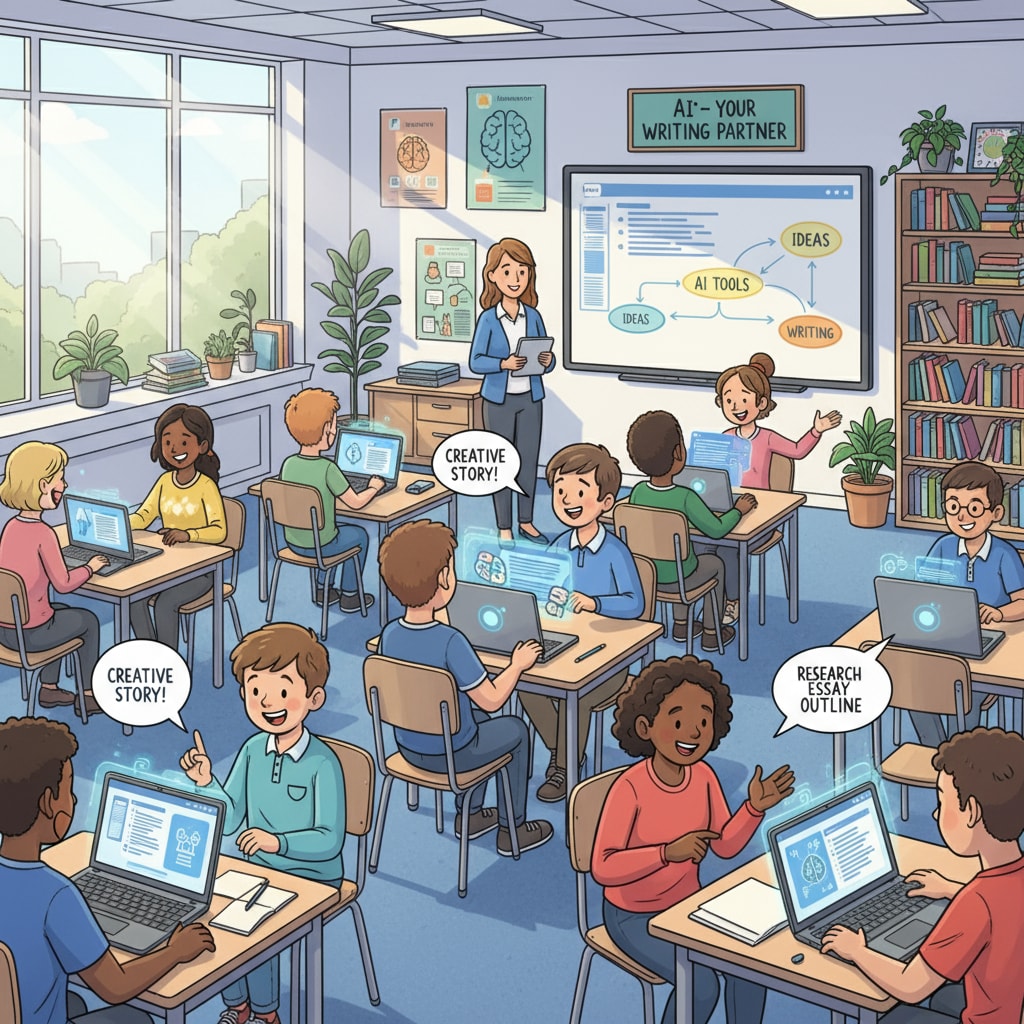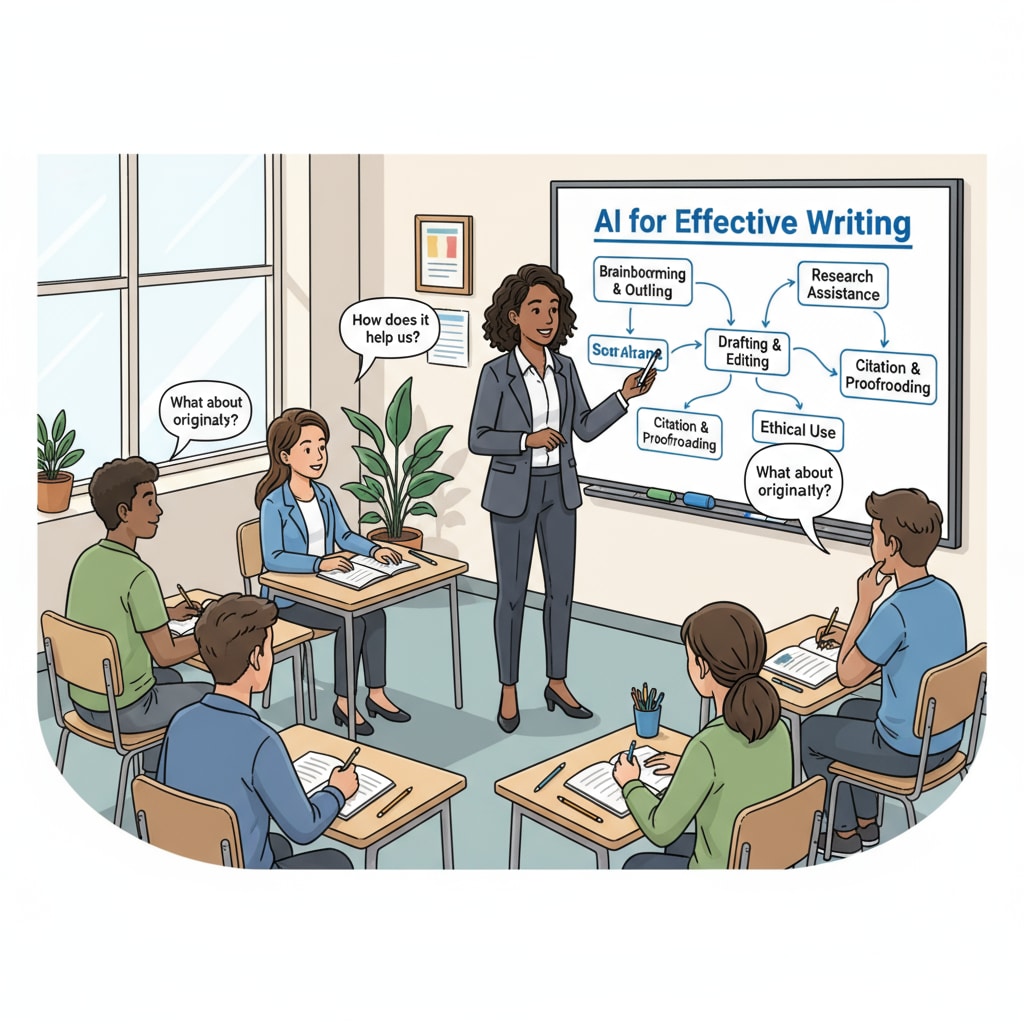In the age of artificial intelligence, the landscape of K12 writing education is undergoing a profound transformation. The integration of AI writing tools has brought both challenges and opportunities, compelling educators to reevaluate traditional teaching methods. This article delves into the crucial aspects of AI writing, teaching transformation, and the preservation of the authorial voice in the context of K12 writing instruction.

The Impact of AI on K12 Writing
AI writing tools have become increasingly sophisticated, capable of generating grammatically correct and even creative text. This has led to concerns among educators about students relying too heavily on these tools, potentially undermining their own writing development. However, rather than fearing AI, educators can leverage it as a valuable resource. For example, AI can provide instant feedback on grammar, spelling, and sentence structure, helping students improve their writing skills more efficiently. According to this EdSurge article, many schools are already exploring how to incorporate AI into writing curricula.
Teaching Transformation in the AI Era
To adapt to the AI era, teaching methods need to shift from rote learning to more critical and creative thinking. Educators should focus on teaching students how to use AI as a tool rather than a replacement for their own writing. This involves teaching them how to evaluate the output of AI, how to use it as a starting point for their own ideas, and how to add their unique perspective. In addition, teachers can design writing assignments that require students to engage with AI in a meaningful way, such as using AI to generate outlines and then expanding on them with their own thoughts and research.

Another important aspect of teaching transformation is fostering digital literacy. Students need to understand the capabilities and limitations of AI writing tools. They should be able to distinguish between original work and AI-generated content, and learn how to properly cite sources when using AI-generated information. As stated in the ISTE Standards for Students, digital literacy is a key component of 21st-century education.
Readability guidance: By presenting these ideas in short paragraphs and using lists where appropriate, we make the content more accessible. The use of transition words like “however” and “in addition” helps the flow of the text. Each H2 section has a clear focus, and we ensure that the passive voice is used minimally, with an emphasis on active voice to keep the writing engaging.


